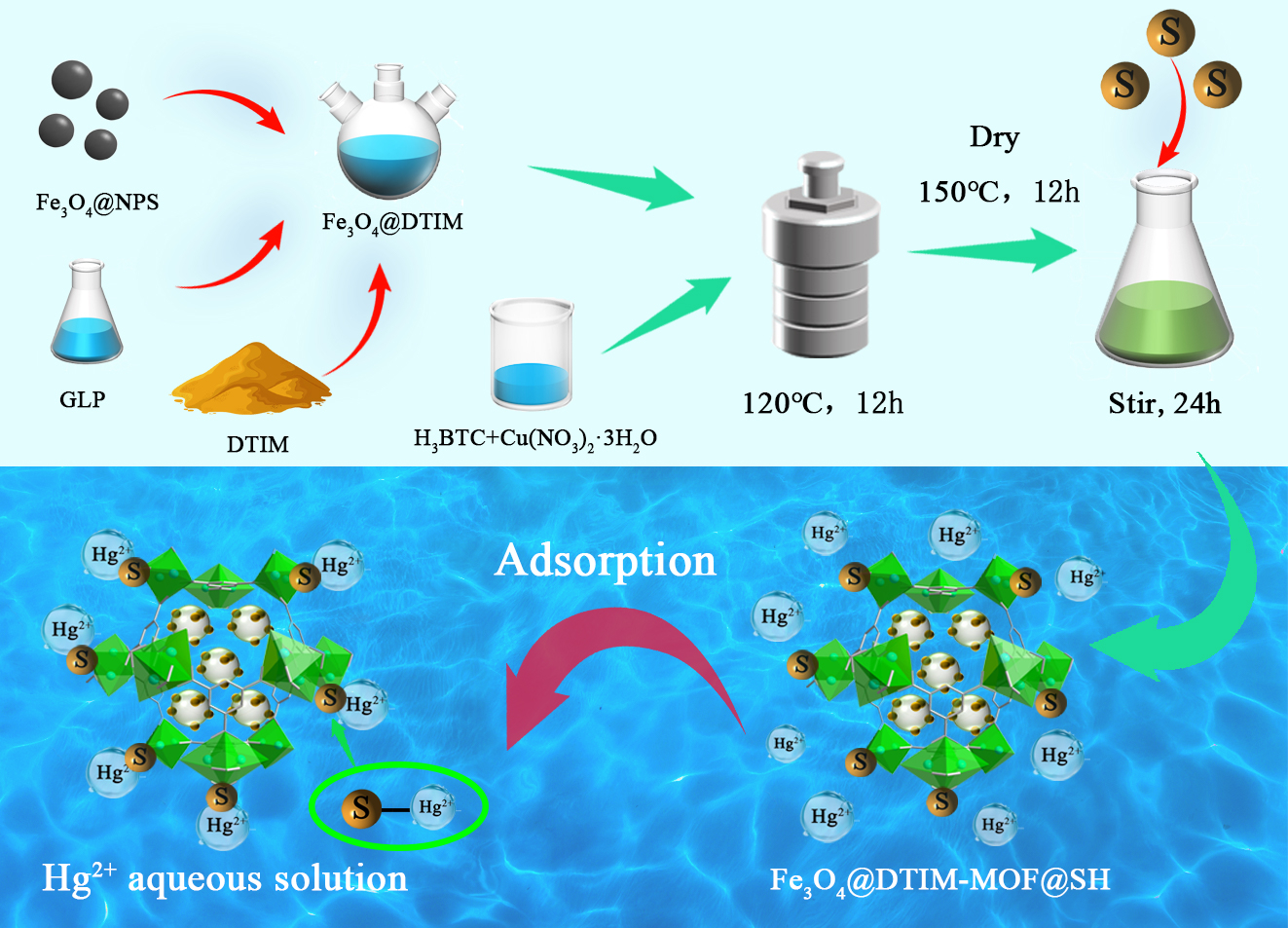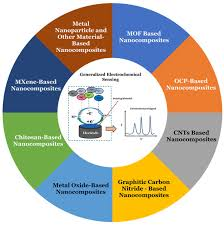🧪 Nanotech to the Rescue: Mercury Cleanup 🌍✨
Pollution is a word we hear way too often these days, but one toxic culprit that doesn’t always make headlines is mercury 🧫—a heavy metal that’s not just harmful to the environment, but to us humans too! 😷 Luckily, science has a superhero stepping in: nanotechnology! 🦸♂️⚛️
🐟 The Mercury Menace
Mercury can be released into the air, water, and soil from coal-burning power plants, mining, and even broken thermometers 🌬️💧. It sneaks into rivers and oceans, poisoning fish 🐠 and working its way up the food chain—yes, even to your sushi plate 🍣!
Long-term exposure to mercury can mess with your brain, kidneys, and nervous system 🧠⚠️. So, cleaning it up? Non-negotiable!
🧬 Enter Nanotech: Small But Mighty
Nanotechnology works on a scale so tiny it's mind-blowing—we're talking billionths of a meter! 🧵🧬 Scientists have been designing nano-materials like:
-
Nano-sponges 🧽 that soak up mercury from water
-
Magnetic nanoparticles 🧲 that trap mercury and can be pulled out with a magnet
-
Graphene-based filters that are ultra-efficient at removing contaminants
These tiny tech tools can clean up mercury quickly, cheaply, and without harming the environment. It's like giving nature a high-tech detox 🌱💚.
🔬 Real-Life Heroes in Action
💡 In places like gold mining regions in South America or industrial zones in Asia, researchers are already testing these nano-solutions. And early results? Very promising! 🚀
Even better, nanotech can be customized for specific types of mercury pollution, making cleanup even more precise 🛠️🎯.
🌟 A Brighter, Cleaner Future
With continued investment in nanotech R&D, we’re getting closer to a world where mercury contamination is a thing of the past 🔚🌊. And let’s be honest—science saving the planet? That’s pretty cool 😎🌐.
So next time you hear someone say, "What can tiny things really do?"—tell them about nanotech taking on mercury! 💥
International Research Awards on Advanced Nanomaterials and Nanotechnology
Nomination Link  https://nanotechnology-
https://nanotechnology-
Visit Our Website  sciencefather.com
sciencefather.com
Contact Us  : nanoenquiry@sciencefather.
: nanoenquiry@sciencefather.
Stay Connected Here:
Pinterest: https://in.pinterest.com/
Youtube: https://www.youtube.com/
Instagram: https://www.instagram.com/
Twitter: https://x.com/nanotech_award
Linkedin: https://www.linkedin.com/in/
Blogger: https://
Tumblr: https://www.tumblr.com/blog/
Whatsapp Channel: https://whatsapp.com/channel/





